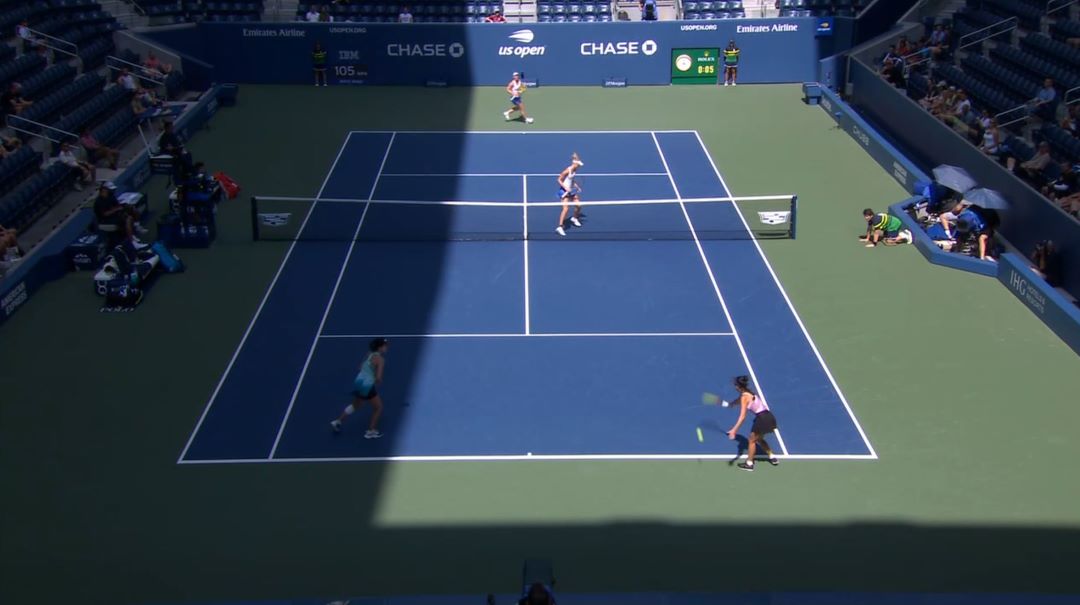Throughout 2024, I am dedicating the first full weekend of every month to exploring the application of design-oriented thinking to improve our tennis lives. This series is inspired by a practice and philosophy described by Bill Burnett and Dave Evans in their book ‘Designing Your Life: How to Build a Well-Lived, Joyful Life.’ The overarching theme for this weekend is finding your ideal engagement with tennis by thoroughly examining what makes you happy.
One of the most effective methods to fuel that journey of self-discovery is maintaining a written record of your activity that includes the extent of enjoyment. The official workbook for the ‘Designing Your Life’ book has worksheets to score happiness by marking up little dials and gauges. A simple numerical scale would be just as effective. When I maintain a happiness journal, I have found that emojis cover a wide range of emotions.
Tennis players who want to design their ideal life within the sport can benefit from maintaining a happiness journal. It should include all tennis and tennis-related activities, including the level of enjoyment. It should also augment that information with what precipitated the emotional response and the reasons why.
For example, I have matches scheduled for tomorrow when the wind is expected to be 30 miles per hour. That is likely to have a depressive effect on my enjoyment. A friend of mine recently told me that her son thought he liked tennis as a Junior but later realized that he only liked being outdoors. A happiness journal might have brought him to that conclusion much earlier.
Tennis players of all skill levels can improve their performance simply by maintaining a “Player Development Journal.” That is another best practice that I recommend from time to time. Though there isn’t an explicit place for it on either the USTA’s or my custom templates, the comments observations box is a natural place to record happiness or otherwise during matchplay and practice sessions.
The data collected will be highly individualized and subject to interpretation. A player who enjoys tournaments might be able to pinpoint exactly why and leverage that insight to identify events that will maximize their enjoyment. Similarly, someone who generally enjoys USTA League play may discover that one of their teams doesn’t spark the same joy as the others. That may be a sign that an adjustment is needed.
Highly competitive players are likely to find that winning and losing greatly influences their perception of enjoyment. However, digging into the data might reveal underlying performance issues that directly contributed to the outcome. That is fertile ground for training and practice sessions.
Maximizing your enjoyment of tennis requires insight and understanding of what sparks joy and what does not. Maintaining a tennis happiness journal could be the key to unleashing your true love of the sport.
As a footnote, this exercise does not have to be constrained to tennis or any other narrow aspect of your life. The Designing Your Life book recommends keeping a happiness journal that tracks all your daily activities. This is an extremely effective technique for finding career fields and types of work that support a joyful life. If this is something that sounds appealing to you, I recommend highly getting a copy of this book to guide you on that journey.
Throughout 2024, I am publishing a series of essays imaging how to apply the principles in ‘Designing Your Life: How to Build a Well-Lived, Joyful Life‘ (<- sponsored link), which is a non-tennis book that I have come to believe that everyone should read.
A chronological summary of all posts on this topic is available on the Designing Your Tennis Life summary page.




